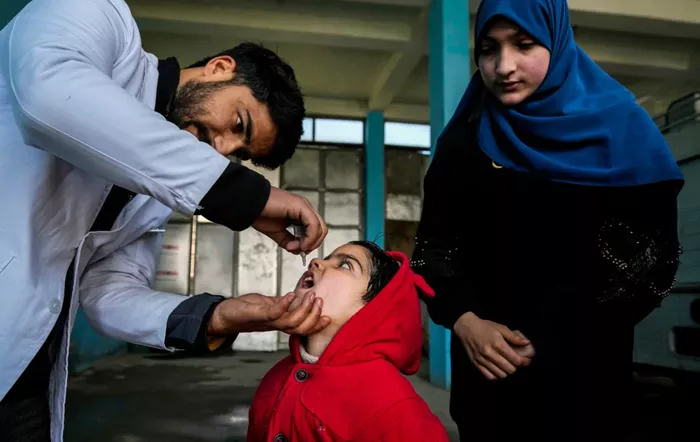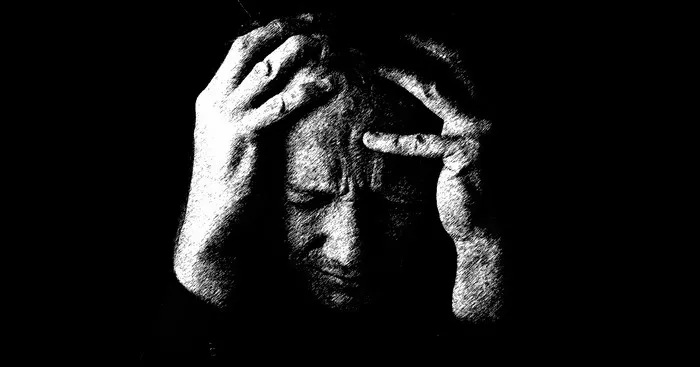Mental ill health is becoming one of the biggest public health challenges today. Experts are increasingly concerned that mental health problems often begin early in life.
In the past 30 years, mental disorders have become more common among young people, especially in developed countries. In Europe, one in five adolescents struggles with mental health issues. Conditions like anxiety, depression, and eating disorders are rising. Suicide is now the leading cause of death among people aged 15 to 29. The situation is similar in the United States, where about 20% of adolescents report not getting the mental health care they need.
At the same time, medical and support services are overwhelmed. Many young people cannot get timely and youth-friendly support. Most children and adolescents worldwide who experience mental health problems do not seek help or receive care.
What Is Behind the Increase in Youth Mental Health Issues?
There is no single cause for the rise in mental health problems. Many factors are connected. Adolescence is a critical time for mental development. Negative experiences during this period can have a major impact. Traumatic events, poverty, inequality, and problems accessing health care all contribute to the issue.
For example, in the UK, more than a quarter of children with mental health disorders have parents who cannot afford activities outside of school. Mental health problems are also more common in young women than in young men.
The COVID-19 pandemic made these problems worse. Even after the pandemic, anxiety continues to cause more students to miss school. But COVID-19 is only part of the story. Changes in society, education, and family life also play a role.
Educational systems now focus heavily on academic success, leading to more stress and less time for play, says Professor Peter Fonagy of University College London. Parenting styles have also changed. More protective parenting, while meant to keep children safe, may prevent young people from building resilience and emotional strength.
Social media is another major factor. It has increased pressure to be perfect and encouraged harmful self-comparisons. Technology use also leads to social isolation, poor sleep, and less physical activity, which can worsen mental health.
At the World Economic Forum’s Annual Meeting in Davos this year, experts like Professor Jonathan Haidt and Arkansas Governor Sarah Huckabee Sanders discussed the need for smartphone-free schools or even childhoods. They believe reducing tech use could help protect mental health.
Because many factors are involved, solving the youth mental health crisis will require complex solutions.
Why Is Early Mental Health Support So Important?
If mental health issues are not addressed early, they can cause lifelong problems. These conditions can continue into adulthood, harming both physical and mental health, and limiting opportunities for a good life.
The impact is not just personal. Poor mental health also strains healthcare systems, hurts workforces, and damages economies. In the UK, childhood mental health problems are seen as an “urgent social concern,” according to the Local Government Association’s Children and Young People Board. Childhood mental health issues are estimated to cause $1.3 trillion in lost earnings for the current generation in the UK, says the Centre for Mental Health.
How Can We Better Support Youth Mental Health?
Despite the urgent need for action, mental health services for young people are still hard to access. The WHO and UNICEF say services are underfunded and lack resources.
To improve care, the WHO in Europe is creating new standards. These standards will aim to fix problems like a shortage of trained professionals, long waiting times, and a lack of services designed for young people.
Digital mental health tools are also becoming more common. They could provide affordable, convenient help when and where it is needed. However, these tools must be well-governed to be safe and effective. The World Economic Forum and Deloitte created the Global Governance Toolkit for Digital Mental Health to guide ethical use of these technologies.
Other key steps include strengthening community support systems and focusing on early intervention. Community support can help young people feel less isolated and spot problems early.
Exercise is another proven tool. Research shows that physical activity helps prevent mental health problems and benefits people already diagnosed. A combination of aerobic and resistance exercises is especially good for reducing depression symptoms.
Finally, raising awareness and encouraging open conversations about mental health are essential. Talking more openly helps people recognize mental health problems earlier and feel more comfortable seeking help.
Related Topics






























